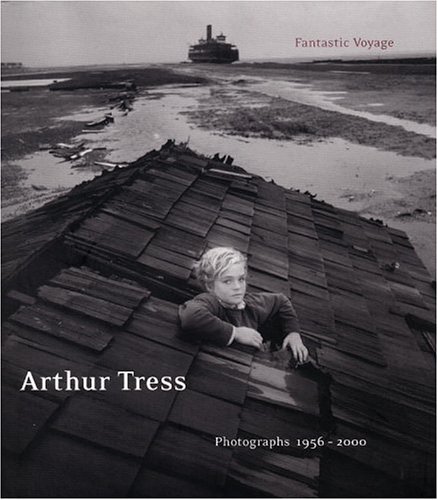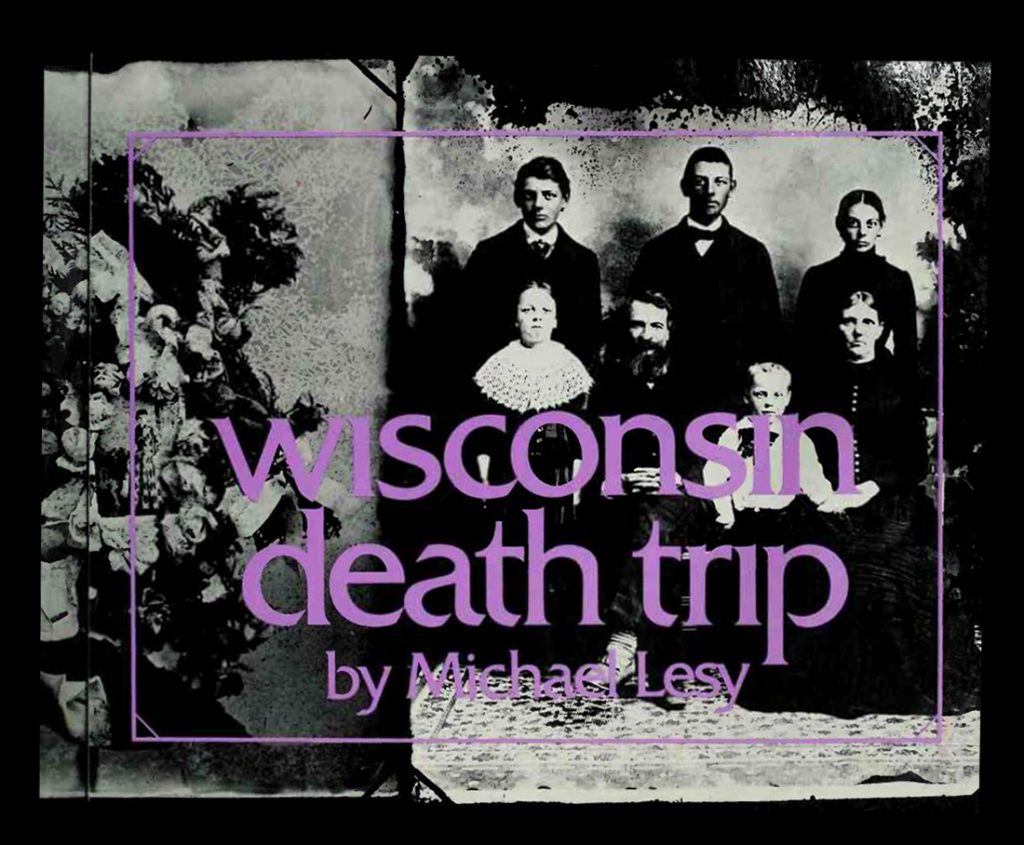In: historical photography

Jane Evelyn Atwood | TOO MUCH TIME: WOMEN IN PRISON, 2000
November 25, 2022Jane Evelyn Atwood, TROP DE PEINES: FEMMES EN PRISON, 2000, Éditions Albin Michel, Paris, France. (OUT OF PRINT)
Jane Evelyn Atwood, TOO MUCH TIME: WOMEN IN PRISON, 2000, Phaidon Press Ltd., London, England. (OUT OF PRINT)
“Curiosity was the initial spur. Surprise, shock and bewilderment soon took over. Rage propelled me along to the end.”
Too many times – and I’m sure I’m not alone in this – I have heard some well meaning dilettante assert that ‘art should be about beauty’ or ‘should only uplift us.’ In terms of that space where photography intersects with ideas of art and documentary – and not to mention history – something that comforts you is most likely wrong, if not simply pablum. When I’m sharing images on social media, there are some photographers I hesitate to post works from (as photography still carries the weight of being more ‘real’, thus can ‘offend’ as well as see yourself banned from those platforms): Gilles Peress is one of those, for his unflinching lens in places from Rwanda to the former Yugoslavia (“I don’t trust words. I trust pictures”), Gordon W. Gahan (specifically his images of the Vietnam War), Donna Ferrato (I was lucky enough to experience her groundbreaking series Living with the Enemy decades ago, in Windsor) or Martha Rosler (her House Beautiful: Bringing the War Home works that had their genesis in response to the Vietnam War (c.1967–72) but that she ‘revisited’ in 2004 and 2008, ‘updating’ them to Iraq and Afghanistan).
But the text I’ve selected for a Library Pick is something that is not ‘there’ but ‘here’, and in that respect is often – easily, repeatedly – ignored.
Jane Evelyn Atwood’s “monumental work on female incarceration, published in both French and English, took Atwood to forty prisons in nine different countries in Europe, Eastern Europe, and the United States. The access she managed to obtain inside some of the world’s worst penitentiaries and jails, including death row, make this ten-year undertaking the definitive photographic work on women in prison to date. Extensive texts include interviews with inmates and prison staff as well as Atwood’s own reminiscences and observations. The prize-winning photos in this book, including the story of an incarcerated woman giving birth while handcuffed, established Jane Evelyn Atwood as one of today’s leading documentary photographers.” (from her site)
Atwood has always used her camera as a means to tell stories too often not even dismissed but denied, and she has granted a level of dignity and consideration to those whom are too often not considered human but detritus.
A good friend is a theologian, but of the liberation theology vein: I enjoy talking with them, as their righteous anger is only matched by their ability to quote that repeatedly translated and edited text with a sense of the public good. I mention them as they once pointed out that in the New Testament, only one person was promised a place in the ‘kingdom of heaven’, and that was one of the criminals being crucified at the same time as Jesus.
In a more modern sense, I might cite Lutheran Minister (and ‘public theologian’) Nadia Bolz-Weber‘s contemporary addendum to the beatitudes, which include ‘Blessed are those who have nothing to offer. Blessed are they for whom nothing seems to be working.’
Atwood published ten books of her work and been awarded the W. Eugene Smith Grant in Humanistic Photography, the Grand Prix Paris Match for Photojournalism, the Oskar Barnack Award, the Alfred Eisenstadt Award and the Hasselblad Foundation Grant twice.
More of Atwood’s work can be seen here.
Like several of the books I’ve recommended, this is one I came across in my local library.
~ Bart Gazzola
Read More
Arthur Tress: Fantastic Voyage, Photographs 1956-2000 | 2001
November 10, 2022Arthur Tress: Fantastic Voyage, Photographs 1956-2000
200 pages, Hardcover, Bulfinch, 2001.
Arthur Tress (Photographer), with writing by John Wood and Richard Lorenz
There was a recent exhibition of Tress’ photographs mounted at Stephen Bulger Gallery in Toronto, and that brought his work back to mind. Having enjoyed several of his books, I returned to this one – which is, for me the definitive publication of Tress’ art and aesthetic – and it’s definitely worthy of a Library Pick.
Tress’ works are striking, if unsettling. An initial amusement or facile reading gives way to a more conflicting or uncanny narrative upon closer consideration. He shares this with photographers like Ralph Eugene Meatyard, Mary Ellen Mark, Diane Arbus and – an artist featured in a previous Library Pick – Roger Ballen.
“Tress started out as an ethnographic documentarian but, partly inspired by the rituals he recorded, turned to ever more premeditated subjects. In an early project, he asked New York children to tell him their dreams and then posed them, with appropriate trappings, in neighborhood spaces to illustrate their sleeping fancies. His projects since the mid-1980s involve arrangements of tools, toys, furniture, dolls, and other stuff that Tress paints and lights to suggest scenarios and even narratives. Besides the short-term projects, Tress has made surrealist outdoor still lifes and male nudes over longer periods. The latter, including some of his best-known pictures, are implicitly homoerotic but considerably more apprehensive and even dread-filled than the nudes of fellow gay surrealist Duane Michals. But there is more humor and less darkness in Tress’ highly polished work…” (from Tress’ site, which is worth spending some time exploring, as well)
“Arthur Tress’s career can be seen as a long fantastic voyage – from early photojournalism into the realm of surrealism, eroticism and miniature worlds. This retrospective is an overview of Tress’s career. As the title implies, Tress’s work is full of fantasy – nothing is what it at first seems. His images contain dark undercurrents and light wit, violence and beauty, futuristic scenes and homoerotic and psychologically charged tableaux. The 250 images featured in this volume range from the early black-and-white work to the richly coloured surrealistic images of the 1990s and his latest, previously unpublished work in progress. Richard Lorenz, (curator of a retrospective exhibition in Washington, DC, in May 2001) offers an in-depth biographical essay on Tress and the development of his vision. An essay by noted photo critic John August Wood puts Tress in context.” (from here)
The images I’ve shared here are from the bodies of work by Tress that are my favourites – primarily Dream Collector (1970 – 74), Theater of the Mind (1976 – 77) and Still Life (1981 – 83): but there’s other series in this book that are very different, and a testimony to the breadth of his aesthetic and career. These include the starkness of his documentary work in Appalachia (1969) to the uncanny quality of his Fishtank ‘installations’ (1989) to the moribund garishness of Hospital (1985 – 87).
From the Corcoran’s review of this publication: “Tress’s work, above all else, reveals a personal approach to photography, a subjective view of the world that continually reinvents itself while it ponders universal archetypes and myths.”
Arthur Tress was a previously featured artist in AIH Studios’ ongoing Artists You Need To Know series: that can be enjoyed here.
~ Bart Gazzola
Read More
Wisconsin Death Trip | Michael Lesy, 1973
August 11, 2022Wisconsin Death Trip | Michael Lesy, 1973 (reprinted in 1991 by Anchor Books, and University of New Mexico Press in 2000)
Pause now. Draw back from it. There will be time again to experience and remember. For a minute, wait, and then set your mind to consider a different set of circumstances: consider those scholars and social philosophers who never knew that Anna Myinek had burned her employer’s barn or that Ada Arlington had shot her lover, but who nevertheless understood that something strange and extraordinary was happening in the middle of the continent at nearly the same instant that they sat in their studies, surrounded by their books. Such men did their best to understand what it meant, and in the process they tried to predict that future in which we are now enmeshed.
The only problem is how to change a portrait back into a person and how to change a sentence back into an event….The thing to worry about is meanings, not appearances.
I first became aware of Wisconsin Death Trip – the book by Michael Lesy and the James Marsh film it inspired, which I’m less impressed with – while reading Stephen King’s novella 1922, as King has mentioned it as inspiration. It’s one of those King stories that could be interpreted as flirting with the supernatural, but may, in fact, simply be everyday horror. 1922 tells the tale of an ignorant, greedy man on a failing, hardscrabble farm, who murders his wife and thus brings about the death of his beloved son (the ‘ghost’ of his wife returns, Banquo – like, to tell of this before his child’s body is even found). He survives only to suffer and regret, losing all he owned – and his hand, to infection – and is haunted, for years, by the rats that consumed his murdered wife’s body, that only he can hear, and suffers their chittering call and bites in the long dark nights until he takes his own life to escape….
Read more of Gazzola’s thoughts about Wisconsin Death Trip here.
Read More
Recent Comments